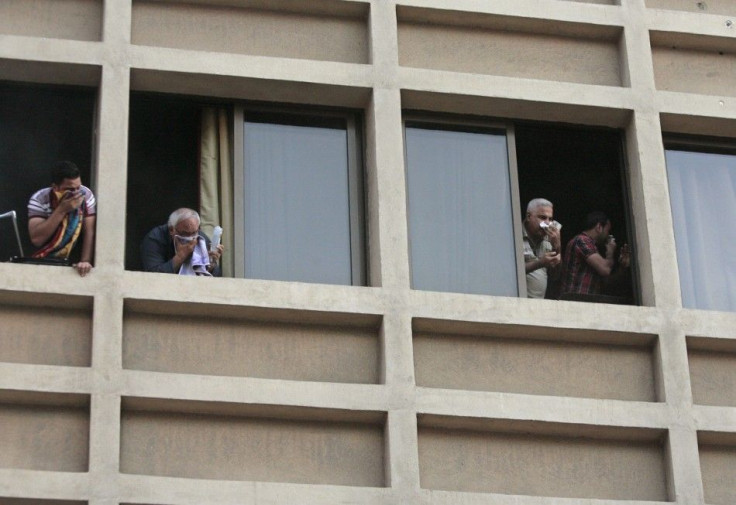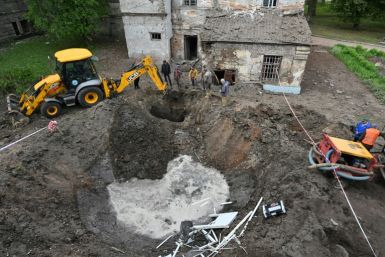Sinusitus Cured With a Balloon
A New Safe, Effective And Quick Treatment For The Most Common Health Problem, Sinusitis

Sinusitis sufferers have always chosen to live with the pain rather than going for treatment, dreading the painful sinal drilling surgery. Until now, this was the only option for the 37 million Americans and many more who suffer from sinusitis. But new technology has given them a new lease of life, offering patients a much less invasive alternative. Sinusitis is one of the most common health problems in the United States.
Diane Stevens, 46, a native of Harlem, suffered with chronic sinusitis symptoms like congestion, loss of smell and post-nasal drip and tried to manage with it for years until her condition became too severe to ignore.
"Things had gotten so bad with me, I'm on the train regularly just reading a book and a woman looked over and said, 'Are you ok? You're breathing so hard,'" Stevens said.
A new treatment called Balloon Sinuplasty is now available and is said to cure the problem with minimal or no tissue removal. Sinal balloon dilation gives the same results as traditional sinus surgery by using state of the art instruments to expand a balloon inside the sinuses. This widens the passageways without cutting or drilling.
Dr Nadim Bikhazi, an otolaryngologist at the Ogden Clinic, the lead author on the first study, comparing balloon dilation to the conventional technique, said with regard to the patients, "They did better in the short term, less nasal bleeding, quicker recovery back to work. In the long-term outcomes they did equally well, they had equal reductions in the number of sinus infections."
For the 30-minute procedure, a local anaesthesia is given to the patients after which they can return home and can return to work as quickly as the next day.
"I'm inhaling, and I literally feel the air," Stevens said. "I haven't felt that in 2 years, easy. So I feel good." It is safe and effective and people quickly recover from the treatment.






